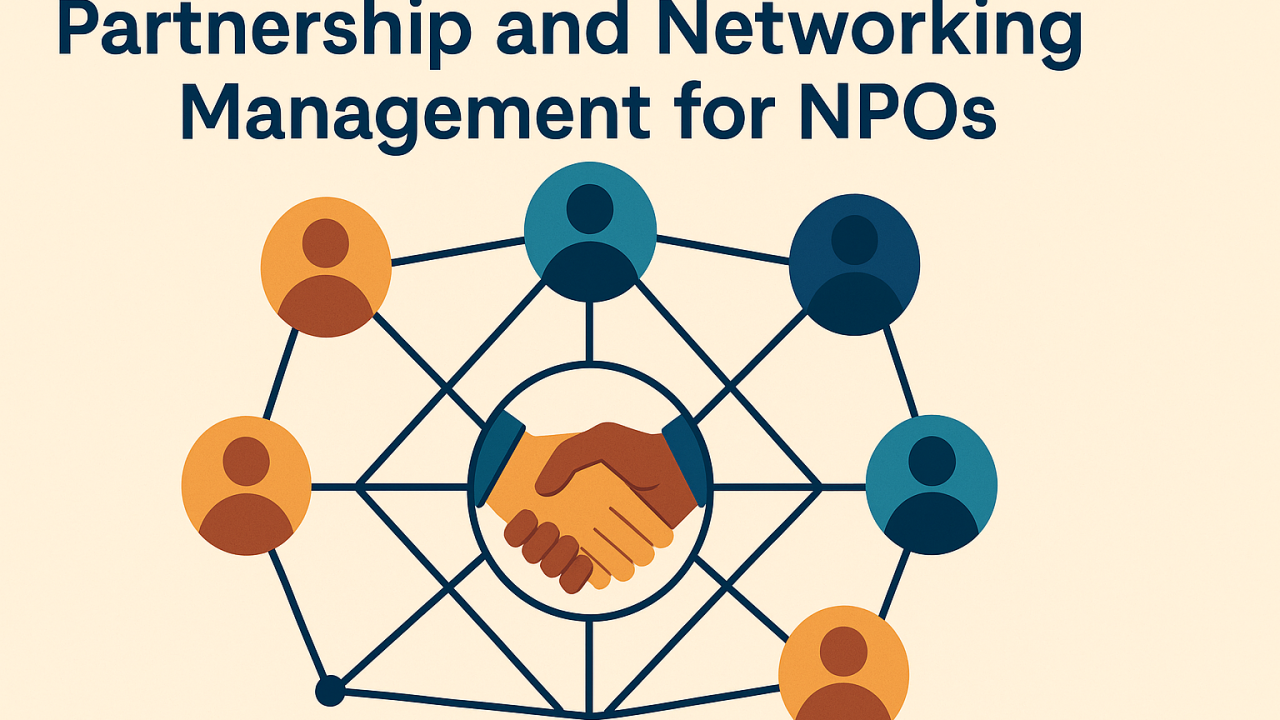Leonardo Cunha
Liderança | Empreendedorismo | Gestão | Planeamento | Estratégia | Escrita para Financiamento | Especialista em financiamento para desenvolvimento | Orador internacional
5 de julho de 2025
In a world increasingly marked by interdependence and complexity, Nonprofit Organizations (NPOs) face mounting expectations to produce meaningful social change with limited resources. In this context, the management of partnerships and networking should no longer be considered a peripheral activity but a strategic core of social innovation and sustainability. Effective collaboration is not merely a desirable trait; it is a necessary condition for scaling impact and engaging communities in more democratic and participatory processes.
Strategic partnerships enable NPOs to pool knowledge, expand geographical reach, diversify funding sources, and co-create innovative solutions. These alliances, when grounded in shared values and mutual accountability, foster an ecosystem where each partner contributes unique assets while collectively pursuing social transformation. According to Austin and Seitanidi (2012), value creation in cross-sector collaborations depends not only on resource sharing but on the level of integration and alignment of missions. This means partnerships should be managed not as transactional arrangements, but as dynamic and evolving relationships that require ongoing communication, governance, and evaluation.
Networking, while often associated with informal exchanges or visibility, plays a deeper and more structural role in the nonprofit landscape. As Brass et al. (2004) argue, networks provide access to information, legitimacy, and social capital—factors that are essential for both advocacy and operational success. Especially for smaller NPOs, being embedded in influential networks can be a gateway to policy influence, joint projects, and increased resilience in uncertain environments. Moreover, by engaging in networks, NPOs strengthen their collective voice and legitimacy in public discourse, especially when advocating for marginalized communities.
The participatory nature of partnerships and networks also reinforces the democratic fabric of NPOs. Through collaborative action, organizations are compelled to listen, adapt, and share leadership, fostering a culture of co-responsibility and inclusiveness. As Huxham and Vangen (2005) highlight, collaborative advantage arises when partners are able to align their efforts without losing sight of their individual missions and identities. This balancing act requires not only technical competencies in partnership management but also soft skills such as trust-building, empathy, and conflict resolution.
In practical terms, building effective partnerships and networks requires intentionality and structure. This involves mapping potential stakeholders, defining clear goals and expectations, setting up mechanisms for joint decision-making, and investing in regular feedback loops. For many NPOs, the first step is a shift in mindset—from seeing collaboration as a short-term tactic to recognizing it as a long-term strategy for systemic impact. This mindset enables organizations to be proactive in initiating alliances, transparent in managing them, and bold in scaling them when necessary.
Furthermore, social impact is not only the result of what NPOs do internally, but also of how they relate externally. By investing in partnerships and networks, nonprofits increase their capacity to respond to complex challenges, integrate diverse perspectives, and foster community ownership of solutions. In an era where siloed efforts are no longer effective, it is through collaborative infrastructures that sustainable development goals can be pursued with authenticity and scale.
Managing partnerships and networking should not be treated as auxiliary functions but as foundational pillars of a resilient and impactful nonprofit strategy. It is in the quality of our relationships—across sectors, territories, and cultures—that we will find the seeds of transformative change.
References
Austin, J. E., & Seitanidi, M. M. (2012). Collaborative value creation: A review of partnering between nonprofits and businesses. Nonprofit and Voluntary Sector Quarterly, 41(5), 726–758. https://doi.org/10.1177/0899764012450777
Brass, D. J., Galaskiewicz, J., Greve, H. R., & Tsai, W. (2004). Taking stock of networks and organizations: A multilevel perspective. Academy of Management Journal, 47(6), 795–817. https://doi.org/10.5465/20159624
Huxham, C., & Vangen, S. (2005). Managing to collaborate: The theory and practice of collaborative advantage. Routledge.


